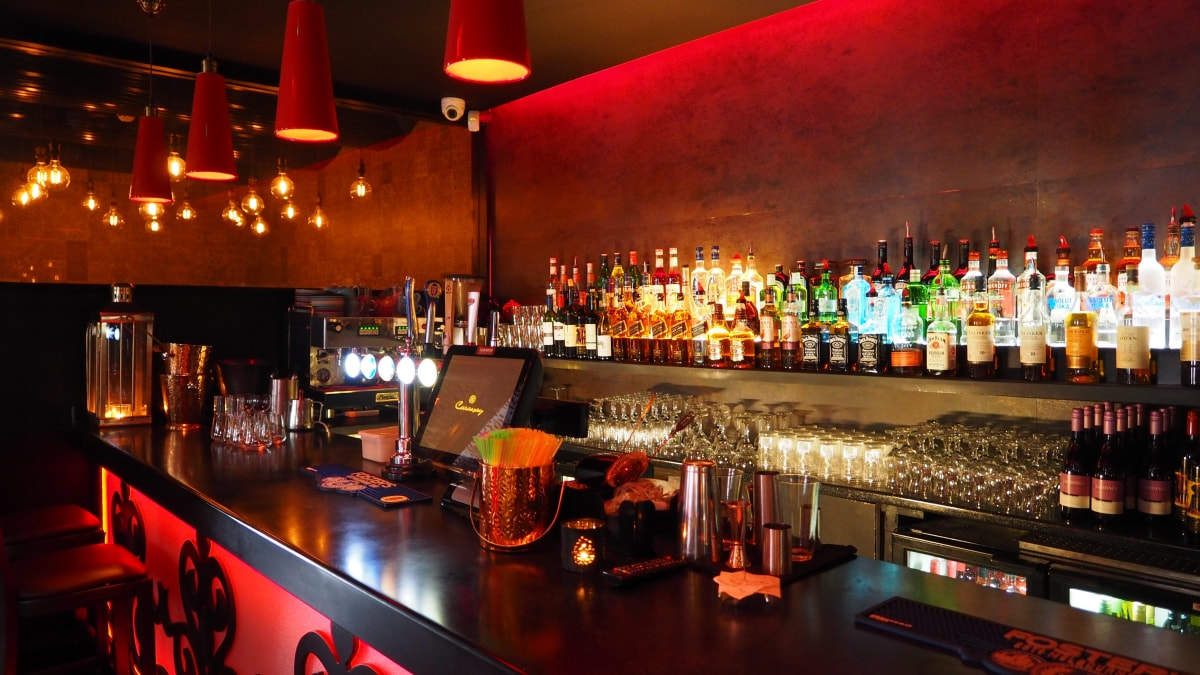|
The wine and spirits has grown tremendously with the rise of RTDs, low - and no-alcoholic drinks during the last two years. The wine and spirits industry has seen innovative product extensions featuring herbal, botanical, and citrus flavor combinations and eco-friendly alternatives.
Did you know . . .
The Covid-19 pandemic has increased at-home consumption, which coincided with a rise in new alcohol varieties and the emergence of the term "cocktailing." Batched cocktails to go, which has served as a lifeline for many restaurants and bars providing a new stream of revenue during the pandemic, has become a mainstay with bars and restaurants. The alcohol business is still expanding in terms of overall volume consumption. Consumers can now once again enjoy on-premise drinking experiences. Whiskey is a key driver for the spirits industry and marketers are finding ways to reach younger customers. In this blog, Allen Marketing Communications, Inc., a boutique wine and spirits and lifestyle public relations agency, showcases key trends in the alcoholic beverage market. Ready to Drink (RTD) Alcoholic Beverages Are Here To Stay It's impossible to read about the most recent developments in the alcoholic beverage sector without learning about the rising acceptance of ready-to-drink (RTD) options. Although RTD alcoholic beverages have been available for a while, the demand is growing for these drinks. “RTD drinks are by looking at the 597 percent increase in sales of cocktail variations made with malt from the previous year. Hard seltzer RTDs, not to be outdone, are at 193 percent, while the choices for canned wine are at 77.5 percent.” (Source: Nielsen) Craft Beer Is No Longer A Specialized Product It can be life-changing to try a craft brew for the first time. It shouldn't be unexpected that craft beer has gained enormous popularity because it has accomplished it for many people. Sales of craft beer increased by 5 percent in 2018. In addition, it is anticipated that by the end of this year, there will be about 8,000 craft breweries operating in the United States. There were just more than 1,511 craft brewers in existence in 2007. (Source: Austria Juice) Craft beer has become so popular that even the bigger names in the alcoholic beverage business are anticipated to participate in the trend at some point in the future. The question of whether or not they will be successful in making artisan beer is entirely different. Low And No Alcoholic Drinks The desire for new low and no-alcohol solutions is being driven by sobriety and health aware initiatives. The low and non-alcoholic drinks currently “represent a 3.5 percent market share.” (Source: Sensient) With the aid of more nuanced flavors, this market, however, is prepared for big changes. “17 percent of people who drink low- and no-alcohol beverages completely forgo alcohol. At the same drinking event, 58 percent of customers in this sector will really transition between low, no, and full alcoholic beverages.” (Source: Sensient) Low- and no-alcohol products are being influenced by the same flavor trends as are being observed in spirits and RTDs. Customers in this market want to be able to indulge while still enjoying sophisticated drinks that provide advantages for their health and convenience. Premiumization Will Maintain The (Luxury) Spirit Since customers want to create 'affordable luxury' experiences in their homes and are prepared to spend more on higher-quality products across all alcohol categories. During the pandemic, there has been a demand for premium spirits and there are no signs that this trend is slowing down. In the US, high-end tequila rose to prominence for the first time because of home-mixology trends on TikTok and Instagram. “By 2024, it is anticipated that premium spirits' market share will rise by up to 13 percent due to younger consumers' attraction to the rich tradition of spirits manufacturing and the sustained appeal of cocktails served on-site.” (Source: Snipp) In the sparkling wine market, where high-end bubbles are on the rise, this premiumization trend is also anticipated to grow to meet market demand. Strong demand in the United States, where volumes increased by 8 percent, respectively, in 2022, is fueling growth in Prosecco and Champagne. (Source: Snipp) Whiskey Is Rising In Popularity Whiskey is a standard in many home spirits cabinets because of its distinctive flavor, which combines some wonderful nuances, earthy flavors and even undertones of spice. Many drinkers across the country already favor whiskey as their spirit of choice. And, it appears that way will continue for some time. “This year, the whiskey industry in the United States generated $18.126 million in revenue.” (Source: Statista) If such numbers are excellent, they might increase much more sharply in the years to come. “Whiskey-related income may exceed $20 million by 2023.” (Source: Linchpin SEO) Our talent team of wine and spirits public relations professionals are here to help spirits marketers introduce a new product and to reinvigorate an existing one. Give us a call. By Joanna Allen, chief executive officer, Allen Marketing Communications, Inc.
0 Comments
Leave a Reply. |
Archives
July 2024
Categories |
HoursM-F: 8:30 am - 6 pm
|
Telephone(917) 371-3753
|
|
Quick LInks |

 RSS Feed
RSS Feed